The deployment of technologies is crucial to promoting a sustainable energy transition. In Europe, the 2030 Climate Target Plan aims to cut greenhouse gas emissions by at least 55% by 2030, a goal that can only be achieved faster and more effectively through collaborative partnerships between the public and private sectors. Nonetheless, the latest energy crisis in Europe has revealed the need to rethink two major issues: the diversification of the energy grid and reducing reliance on natural gas imports from Russia, which accounted for 40% of total energy consumption in 2021. This alarming figure raises questions for policymakers and experts about whether the mentioned targets can be achieved.
Europe can look beyond its borders to implement new ways to achieve a sustainable energy transition, and the answer is found in history. Historically, upper-middle-income countries would detain cutting-edge energy technologies, while developing and least-developed countries (LDCs) would rely on North-South technology transfer methods, primarily due to the high development costs. Contrary to this argument are China and Brazil, countries with incredible energetic potential, combined with effective government plans, which brought them to leadership positions in diverse types of green energy sources. They have both developed their technologies to move away from the instability—and high costs—related to import processes. Europe should look south to pave the path for its green future.
The way to Brazil
Brazil has become an essential player in green energy and an international advocate since the country hosted the Rio Earth Summit in 1992. The two oil crises in the Middle East in the 1970s resulted in the re-evaluation of their oil dependence and, consequently, an increase in investments in the renewable energy matrix, primarily thanks to the relative success of the Proálcool Program. Within this context, the country built hydroelectric power, biomass, and biofuel capabilities over the decades.
Though Brazil accounts for almost 7% of the planet’s renewable energy production, with 84% of its energy matrix coming from renewable sources, the reliance on hydropower is worrisome. The country is below the world’s average in using nuclear and natural gas for electricity production, fields that can be further explored in partnership with Europe. In early 2023, seeking an alternative to the energy crisis, the EU promised investments of €2 billion in green hydrogen in Brazil. This shows that the old continent is already looking to enhance cooperation with the home of the ‘lungs of the world.’
The future EU-Mercosur (The Southern Common Market) agreement, which is still under discussion after 20 long years, can become an exciting venue for exploring ways of investing in the construction of manufacturing hubs for the export of renewable energy technologies to Europe. This could also assist the country in developing other technologies, including renewable energy for internal consumption.
Another platform for cooperation is CELAC (the Community of Latin American and Caribbean States). In the EU-CELAC Summit that took place on 17-18 July 2023 in Brussels, heads of states noted that Latin American and Caribbean states are potential suppliers of raw materials, energy, and target markets against climate change. With the release of the New Agenda for Relations between the EU and Latin America and the Caribbean, more sustainable investments are expected through the Global Gateway connectivity strategy. Brazil assumed leadership in the event and is likely to implement continuous efforts for future projects.
While environmental protection-related topics are mentioned in the agreements, it is paramount to establish a comprehensive roadmap with goals and actionable results to ensure the successful implementation of the renewable energy agenda. Additionally, creating a dedicated department or organization to oversee these initiatives will allow seamless coordination and frequent monitoring of the progress of renewable energy projects, aiming to foster effective collaboration in a more systematic way.
The way to China
In a relatively short period, China has built its manufacturing of solar panels and wind turbines, sectors traditionally reliant on imports. The wind energy industry is the most successful case study: before 2005, China lacked technology. The Renewable Energy Law facilitated the development of the industry through the promotion of national technology. Due to the mandatory connection to the grid and tax incentives provided by the law, there was a natural ‘creation’ of a domestic market where wind power could be commercialized on a more significant market scale.
China is currently the world’s largest producer of hydropower, biodiesel, solar panels, and wind power equipment. However, despite efforts to increase the percentage of renewable energy production on its total energy grid, coal accounted for around 55% of China’s energy consumption in 2021. Coal is indeed one of the main contributors to environmental degradation worldwide, significantly increasing carbon dioxide emissions in the atmosphere. Since it is a relatively low-cost source of energy and highly abundant, this high percentage reveals that current policies have failed to slow the growth of coal-fired power generation.
Germany’s 2023 Comprehensive Strategy on China emphasizes energy cooperation, underscoring the country’s willingness to further supply advanced climate technologies to China. This is an important step in first acknowledging the need for mutual support, which can surely be extended to other European counterparts. Germany is the first European country to adopt such a strategy document on China.
Considering the country’s current ‘bumpy’ relations with Europe, means of strategic cooperation are the solution to re-establish healthy relations. Both can further explore win-win opportunities through joint research, case study sharing, and mutual funding mechanisms, such as green finance. The below case study underscores untapped opportunities in E-Agriculture and Agritech, being a feasible example of how Europe can combine steady growth of e-commerce, digitalization in agriculture as a way to achieve sustainable development goals and further develop rural areas.
Exploring other Sectors: Best Practices on E-Agriculture & E-Agritech Programs in China
Thinking of new ways to tackle green energy can involve exploring other sectors. E-commerce has become relevant with the COVID-19 pandemic, becoming an important sector for economic growth across borders: the proportion of online shoppers grew from 55% in 2012 to 75% in 2022. The negative impacts of e-commerce on the environment are numerous, including packaging waste, transportation emissions, and the high energy consumption of data centers, to name just a few. Due to its relevance to economic development, exploring this activity to support the sustainable energy transition in Europe is incipient yet necessary.
Taking China as an example, e-commerce has an intrinsic correlation with a series of improvements in the rural landscape, apart from increasing opportunities for startups to develop solutions to reduce the impact of online activities on the environment. Overall, it has directly contributed to eradicating extreme poverty in the country in recent years, bringing about positive societal changes such as infrastructure and technology developments, job creation, and increased income in rural areas.
One of the main ways to achieve a sustainable energy transition is to tackle food waste and food loss. According to the Food and Agriculture Organization, between 30 and 40% of global food production is lost before reaching the final consumer; decreasing food waste can positively impact climate change. This is an important topic not to be ignored: by reducing food waste, less energy is utilized throughout the entire food supply chain.
Another contributing factor to e-commerce is the deployment of new technologies applied to farming. E-agriculture is a potent tool that uses Information and Communication Technologies (ICTs) and artificial intelligence to enhance agricultural production by reducing waste, water, and fertilizer usage. It is worth noting that leveraging these practices makes it possible to achieve sustainable development goals, where a combined efforts approach is essential: governments play an important role in enacting directives, providing farmers with tax rebates and financial incentives; internet and e-commerce companies are responsible for infrastructure, including logistics, online payment, and marketplaces, as well as training for farmers; while research and educational institutions develop precision farming techniques and data-driven AI applications for better sustainable agriculture practices.
The ‘Taobao Village’ and ‘Taobao Town’ projects initiated by the Alibaba Group in 2014 reached over 6,000 villages and towns, with an annual transaction volume generated by e-commerce exceeding 131.5 billion euros last year. Pinduoduo’s programs have contributed to increasing farmers’ income by 30%, while reducing at least 15% of the use of fertilizers, receiving the 2022 Food and Agriculture Organisation (FAO) Innovation Award. Jingdong or JD.com’s 2020 ‘March to Rich Plan’ in October 2020 was paramount to establishing a modernized circulation system through a smart supply chain. Tencent has made significant investments in Future Crops, through an Israeli-Dutch venture: various projects to advance agricultural technology, sustainable food production, and vertical farming in Europe are part of the initiatives, revealing the potentialities of these programs—and their learning experiences—beyond China, yet considering the European economic context. Reportedly, similar projects that leverage e-agriculture technologies to the extent witnessed in China are yet to be seen by the leading European internet players.
Acknowledging the significance of joint efforts toward sustainable agriculture practices is imperative. Therefore, it is reasonable to discuss a better approach to involve multiple players and utilize e-commerce to promote advocacy for a green future across Europe. This involves looking beyond its borders by further expanding opportunities through international cooperation.





















